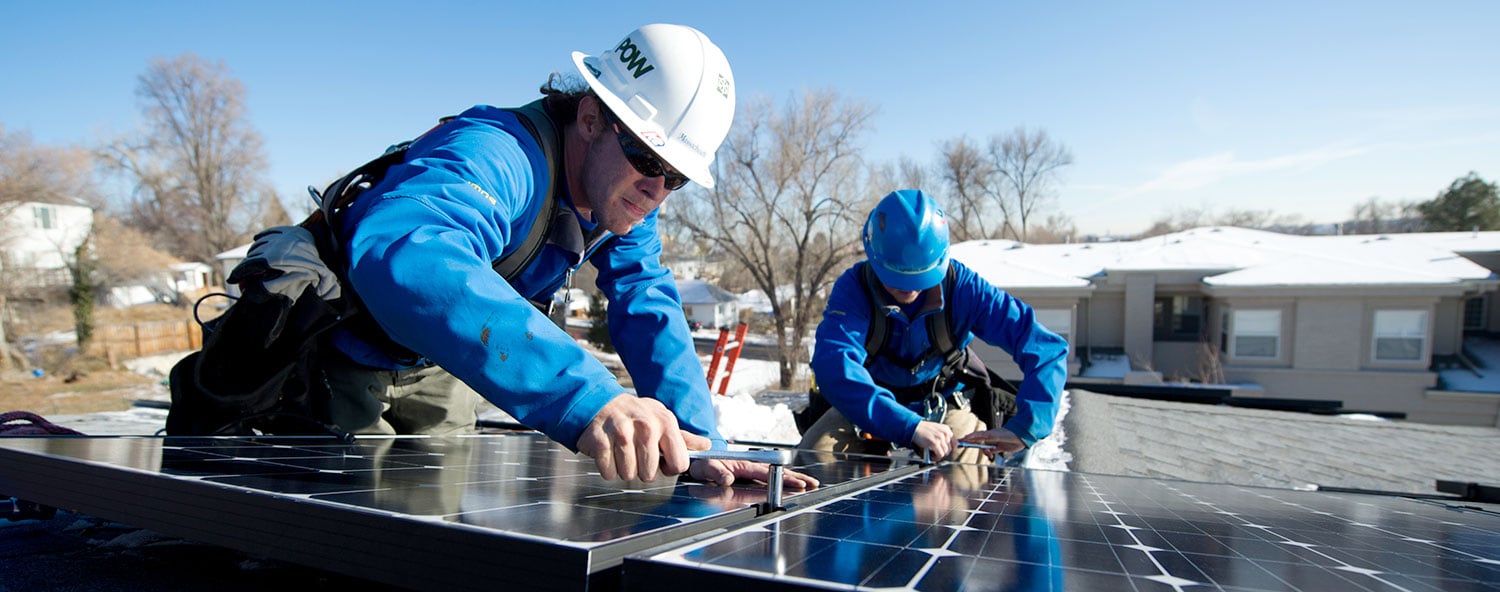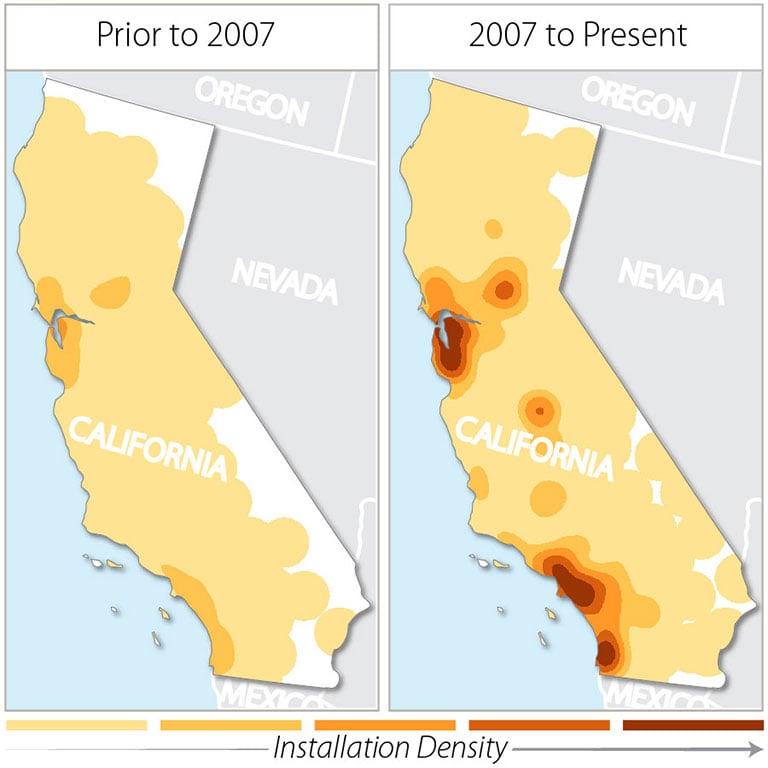The study tested three theories that may explain the decision to pursue solar among the general population: value-belief-norm theory, the theory of planned behavior, and diffusion of innovations theory. The project found support for each theory, suggesting that consumers are seeing solar electricity in multiple ways: as an environmental benefit, a consumer good, and as an innovative technology. The team then proposed and tested an integrated framework that combines all three theories. The results indicated that individuals who trust installers and believe solar will be personally beneficial are more likely to consider contacting an installer, as are individuals drawn to novel products. Pro-environmental personal norms indirectly increase interest through perceived personal benefits, suggesting that marketing efforts aimed at environmentally concerned individuals may need to emphasize non-environmental benefits. The results also support leveraging trusted social networks to convey the benefits of solar.
The project found that a large fraction of current adoption is spurred through opportunistic events (e.g., an installer knocking on their door) or specific triggers (e.g., a higher than expected utility bill). This contrasts previous research, which has framed the adoption decision largely as a pre-meditated act.
A large fraction of consumers have not seriously considered solar for their home, so installers may increasingly find they need to convince and educate homeowners concerning the benefits and costs of solar.
Economic considerations are the biggest overall driver of interest in and adoption of solar. But other factors are at play, which suggest that sales conversion is a layered process, depending on customers' familiarity with solar. As customers become more aware of solar the nature and sophistication of their concerns evolve, so installers should address these concerns sequentially.
At any given time, there are nearly 10 times as many prospective solar customers who do not adopt, as there are adopters. However, only 11% of "considerers" have stopped shopping for solar altogether. The rest are either still considering it, or have decided they want solar but have yet to sign. On average, solar installers convert 1%-10% of leads, so minor increases in conversion efficiency could significantly expand sales.
Coming up with the money to go solar was the most common difficulty that stopped consideration (49% of considerers), followed by finding a trustworthy and competent installer (32%), and home suitability (30%).
Read the full article, How To Turn Solar Considerers into Solar Adopters, GreenTechMedia (2016).


